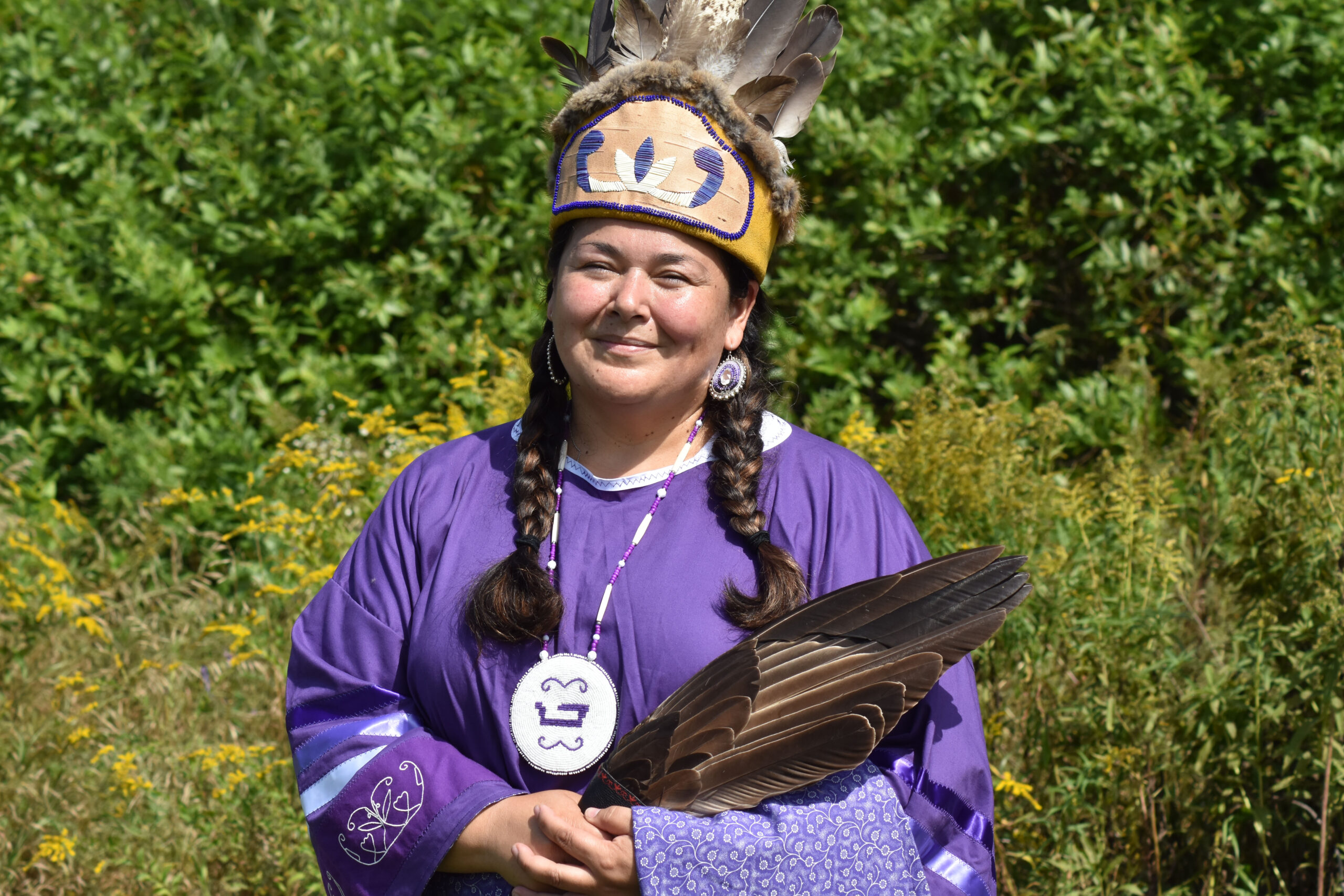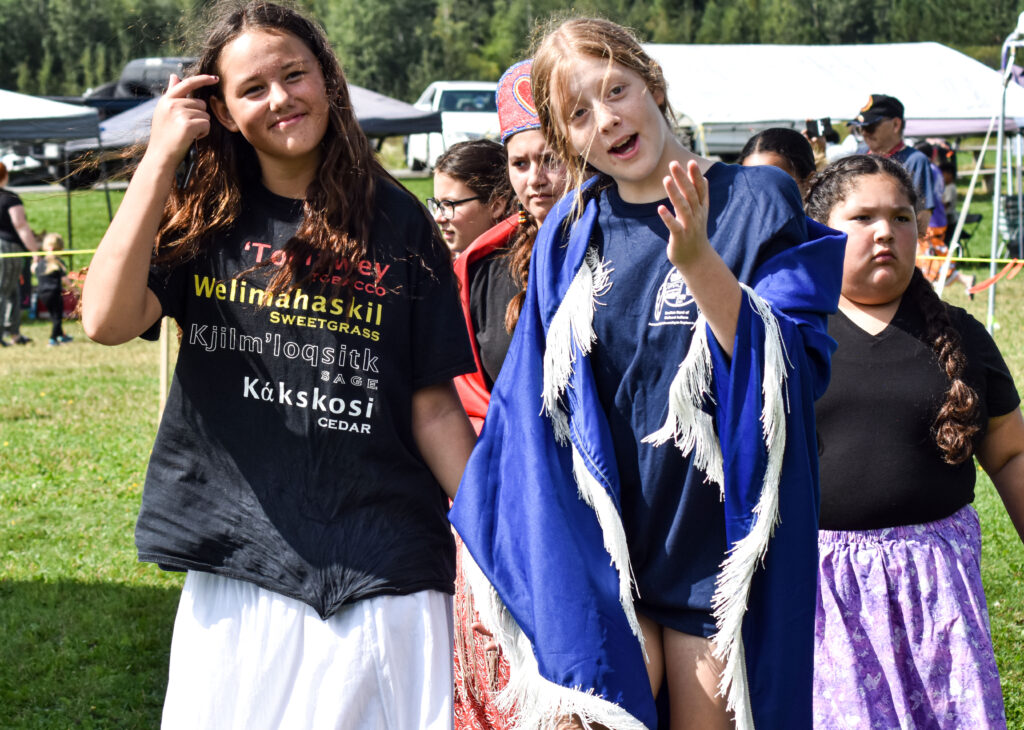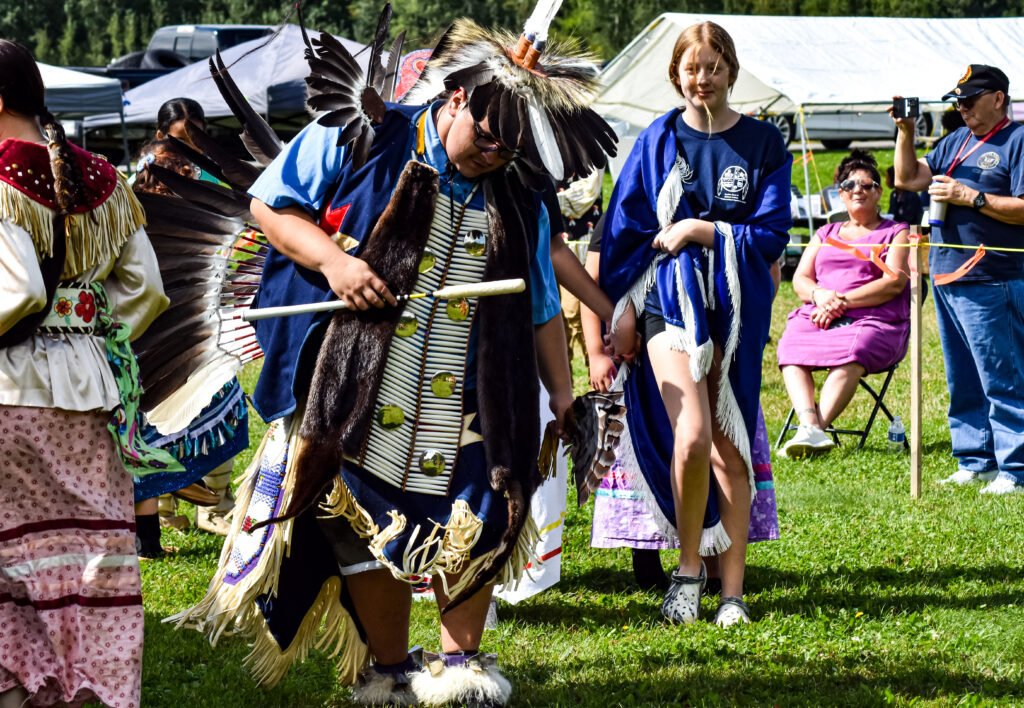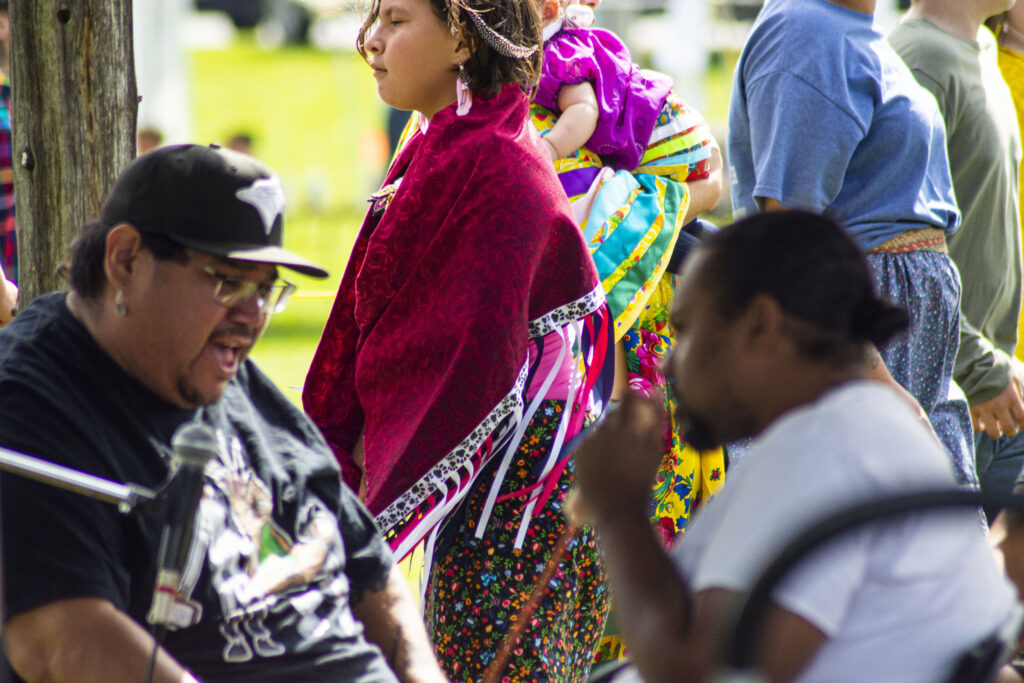
LITTLETON, Maine — The sacred drumming beat slowly, then louder and faster as the long and storied history of the region’s native people emerged through song on Saturday on tribal lands just off Bell Road in Littleton.
The ceremonial regalia of eagle feathers, furs, beads and multicolored fabrics swayed in a sage-scented wind as the tribal chief led the grand entry in the inaugural celebration of their people for Metaksonekiyak Community Day.
This Houlton Band of Maliseets’ annual event for 42 years was tied to its recognition as a nation by the federal government. But Tribal Chief Clarissa Sabattis said it seemed more appropriate to celebrate their whole history, not a day that the government said they were a nation.

A committee selected the name, Metaksonekiyak, which means people of the Meduxnekeag River. The area of the river near their tribal lands was a nexus for canoe travelers known as the place of worn moccasins because there are so many jagged rocks at that point in the river, Sabattis said.
The Houlton Band of Maliseets has been federally recognized since October 1980, allowing it to govern its tribal affairs and obtain federal healthcare and housing assistance.

A bi-partisan tribal sovereignty bill passed in this most recent legislative session failed with Gov. Janet Mills’ veto in June. The bill would have allowed the Maine tribes to benefit from other federal laws.
The story of the Wabanaki Nation and the Maliseets is often erased from written records and keeping it alive orally and through celebrations like Metaksonekiyak Community Day is critical to younger generations, tribal historians said.

On Saturday, several young Maliseet girls were dancing in elaborate regalia they made, some with the help of the Boys and Girls Club of Maliseet.
“We learn about dancing,” said Ella Bither, 13. “But we also pick it up from others.”
Former Passamaquoddy Tribal Chief Richard Stevens visited the Maliseet event and walked with Sabattis in the ceremonial Grand Entry , flag dance and honor dance.

Stevens, who is from Indian Township, was chief from 1998 to 2002. And along with his brother and daughter, has tried to make it to all the Wabanki celebrations this year for the grand procession.
“I only missed one, Old Town,” he said. “And next week, I will be home and that’s only 1,000 feet from the celebration.”
Each ceremony is a little different, Stevens said, adding that some of the entrances vary.
Prior to the Grand Entry, there was a pipe ceremony and sacred smudging to purify the ground and air. The celebration ended about 5 p.m. with a community feast at the Maliseet Community Center.







